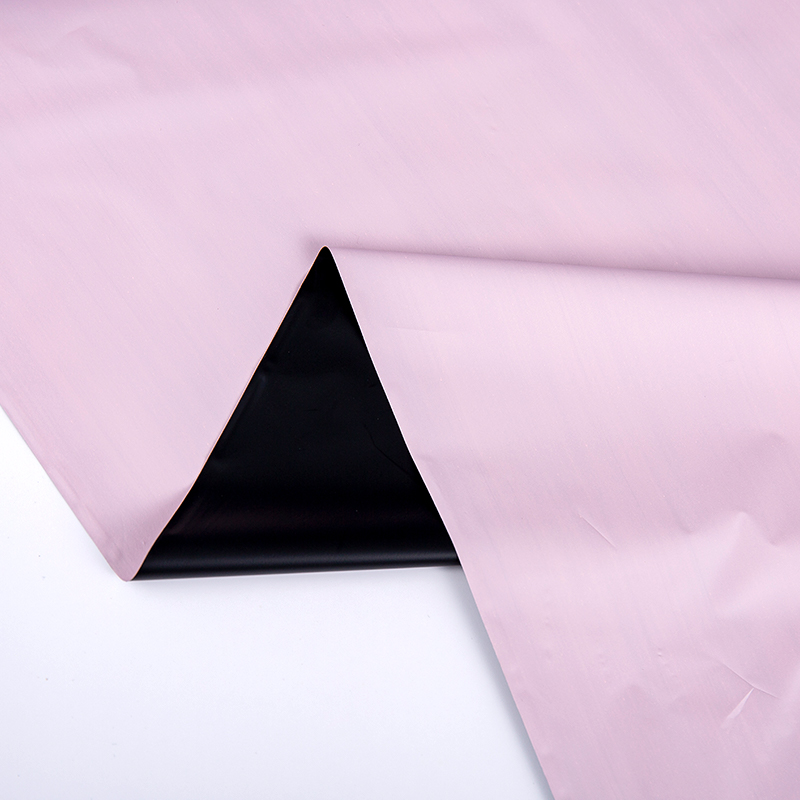Product Consultation
Your email address will not be published. Required fields are marked *
The extrusion process plays a crucial role in determining the uniformity and light-blocking properties of blackout TPU films. Several key factors influence how effectively the film can provide consistent opacity, mechanical stability, and performance across its entire surface:
Polymer Formulation and Pigment Dispersion
The uniformity of light-blocking properties depends on how well carbon black or other light-blocking pigments are dispersed within the TPU matrix.
Advanced compounding techniques are required to ensure an even distribution of these additives, preventing inconsistencies, streaks, or weak spots in opacity.
Poor dispersion can lead to pinholes or non-uniform transparency, reducing the effectiveness of the blackout function.
Extruder Type and Processing Conditions
Twin-screw extruders are often preferred over single-screw extruders for manufacturing blackout TPU films because they provide better mixing and homogeneous distribution of pigments.
Processing temperature and screw speed must be carefully controlled to prevent thermal degradation of TPU and pigments, which could lead to variations in color and light-blocking efficiency.
Precise control of extrusion pressure and flow rate helps maintain film thickness consistency, reducing the risk of thin areas that allow light penetration.

Die Design and Film Thickness Control
The die design (such as T-die or slot-die) must be optimized to ensure even material flow, preventing streaking or uneven opacity in the final film.
The calibration and cooling process after extrusion impacts thickness uniformity—any irregularities in film thickness can lead to uneven light-blocking performance.
Multi-layer co-extrusion techniques can be used to create blackout TPU films with enhanced structural integrity, incorporating reinforced layers or functional coatings without compromising opacity.
Post-Processing and Surface Treatments
Additional processing steps such as embossing, calendaring, or lamination can influence the light-blocking properties by altering the film's surface texture and reflectivity.
Matte or anti-glare coatings can be applied to further optimize the blackout effect, reducing light reflection and diffusion in applications requiring complete darkness.
Quality Control and Testing
Optical density testing ensures that the film meets the required opacity standards without defects.
Thickness measurement systems, such as laser or infrared scanners, are used inline during extrusion to detect inconsistencies that could impact blackout performance.
Tensile and mechanical testing ensures that optimizing for blackout properties does not compromise the film’s flexibility, strength, or durability.
Your email address will not be published. Required fields are marked *
You can contact to me using this form.
Copyright © 2023 Kunshan Red Apple Plastic New Material Co., Ltd. All Rights Reserved.
